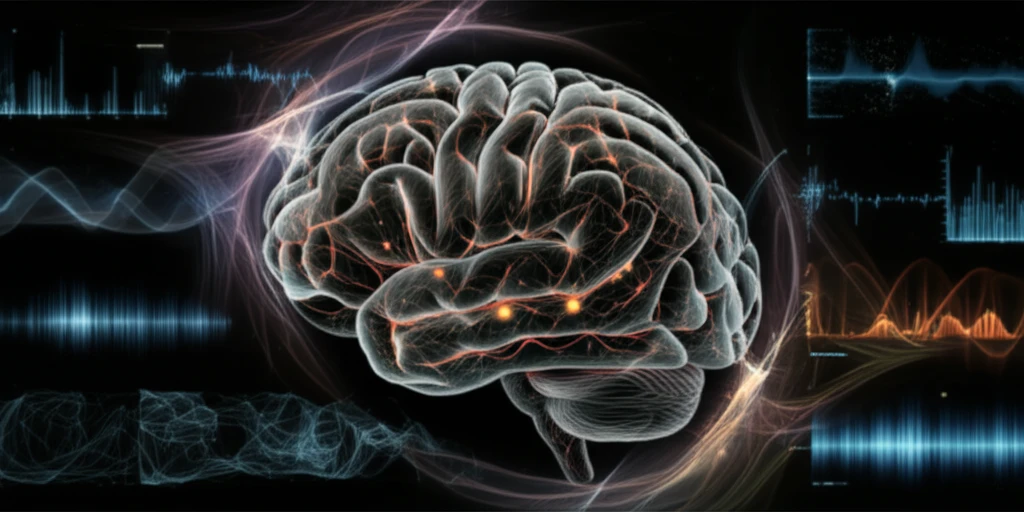
Decoding Brain Signals: How High-Resolution fMRI Could Revolutionize Neuroscience
"A new study sheds light on the limitations and potential of high-resolution fMRI in mapping brain activity at the microvascular level, paving the way for more precise neurological research."
Functional magnetic resonance imaging (fMRI) has transformed neuroscience, offering a non-invasive window into the working brain. By detecting changes in blood flow, fMRI allows researchers to map neural activity with remarkable precision. However, the spatial resolution of standard fMRI has always been a limiting factor, particularly when trying to understand the intricate circuitry of the brain at a microscopic level.
Recent advancements in fMRI technology have pushed the boundaries of spatial resolution, leading to the development of high-resolution fMRI. This enhanced technique promises to reveal finer details of brain activity, potentially unlocking new insights into how different layers of the brain communicate and function. But how far can we push this technology, and what are its true limitations?
A recent study published in NeuroImage delves into these questions, examining the capabilities of high-resolution fMRI in mapping layer-specific microvessel dilation—the expansion of tiny blood vessels—in response to neural activity. By comparing hemodynamic spread (the area of blood flow change) with the underlying vascular architecture, the researchers provide critical insights into the spatial resolution limits of fMRI and its potential for future advancements.
Unveiling Microvascular Secrets with High-Resolution fMRI: What Did the Researchers Do?

The study, led by Alexander John Poplawsky and colleagues, focused on the olfactory bulb of rats to investigate the relationship between neural activity and microvascular responses. The team employed contrast-enhanced, cerebral blood volume-weighted (CBVw) fMRI at ultra-high resolution to map the laminar spread of activity in response to electrical stimulation of the lateral olfactory tract (LOT).
- High-resolution CBVw fMRI to map brain activity.
- CLARITY technique for visualizing microvascular structure.
- Electrical stimulation of the lateral olfactory tract in rats.
- Detailed analysis of laminar spread and microvessel dilation.
The Future of fMRI: Implications and Next Steps
This study provides valuable insights into the capabilities and limitations of high-resolution fMRI. By demonstrating the close relationship between microvessel dilation and fMRI signals, the researchers confirm that this technique can indeed capture fine-grained details of brain activity. However, they also highlight the biological limits imposed by the size and distribution of microvessels.
